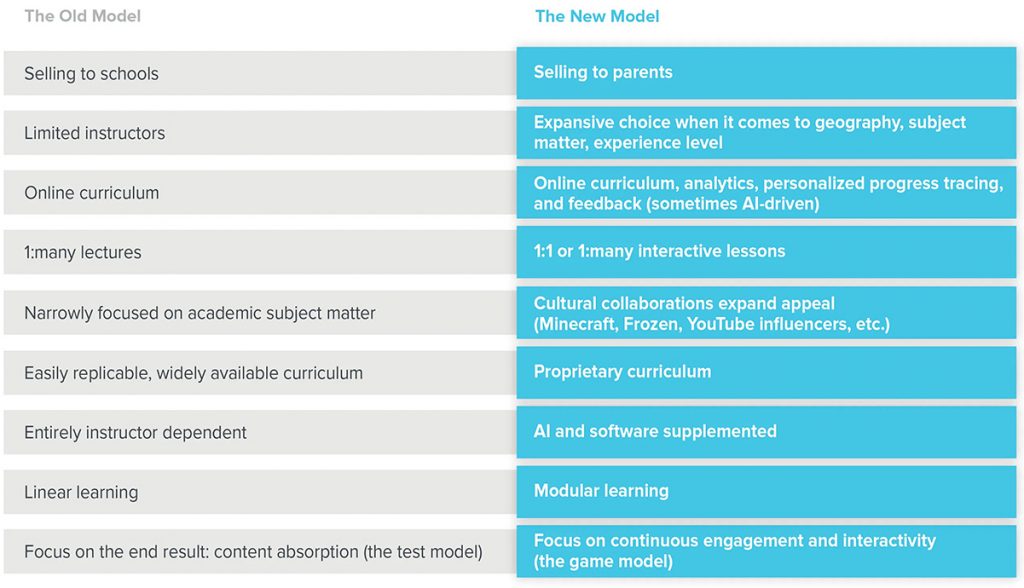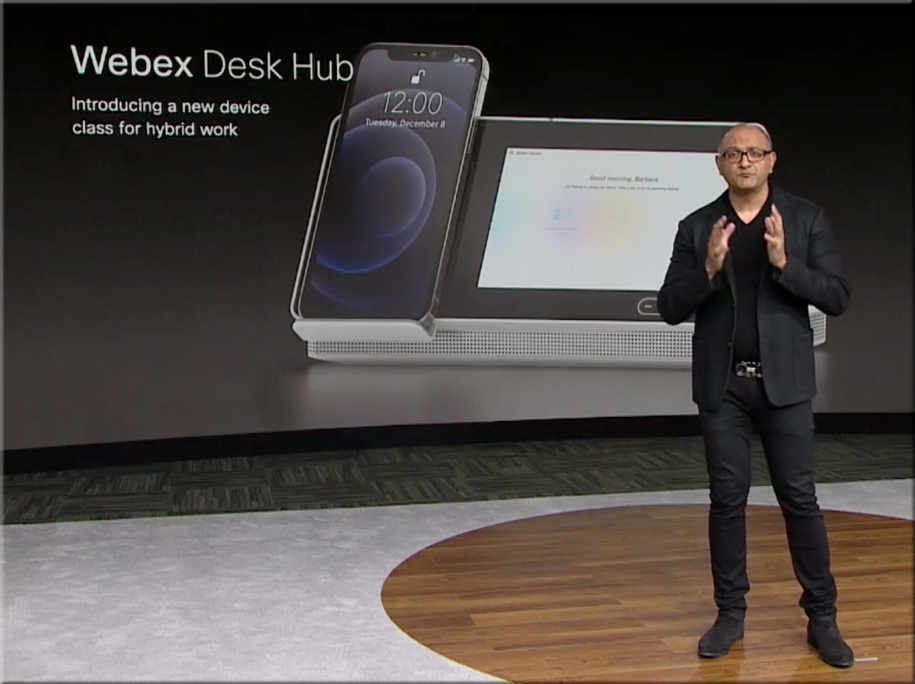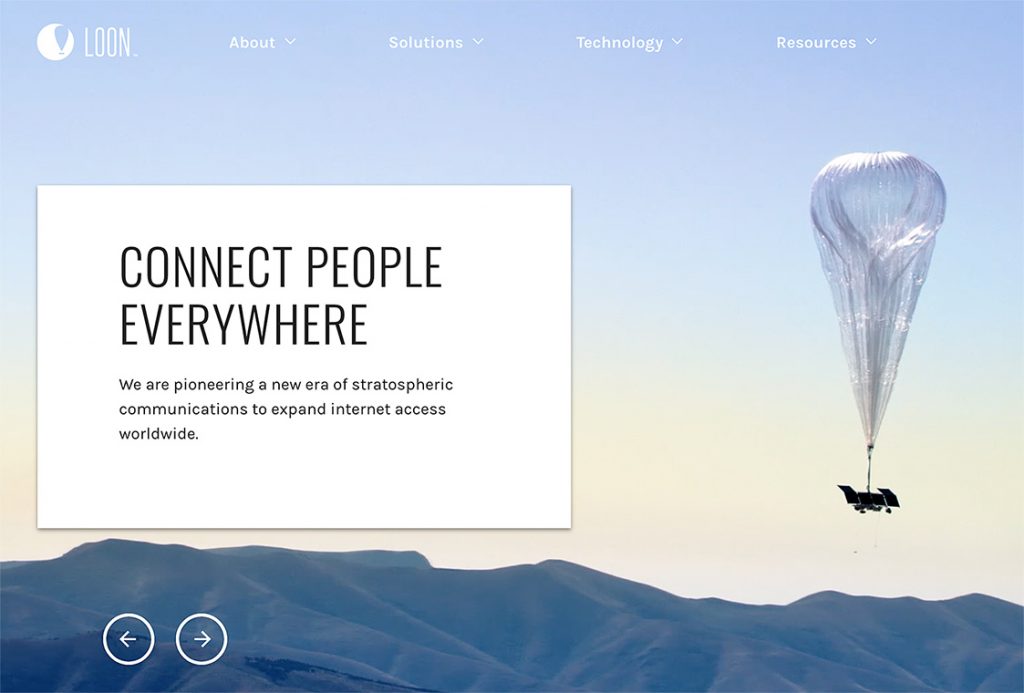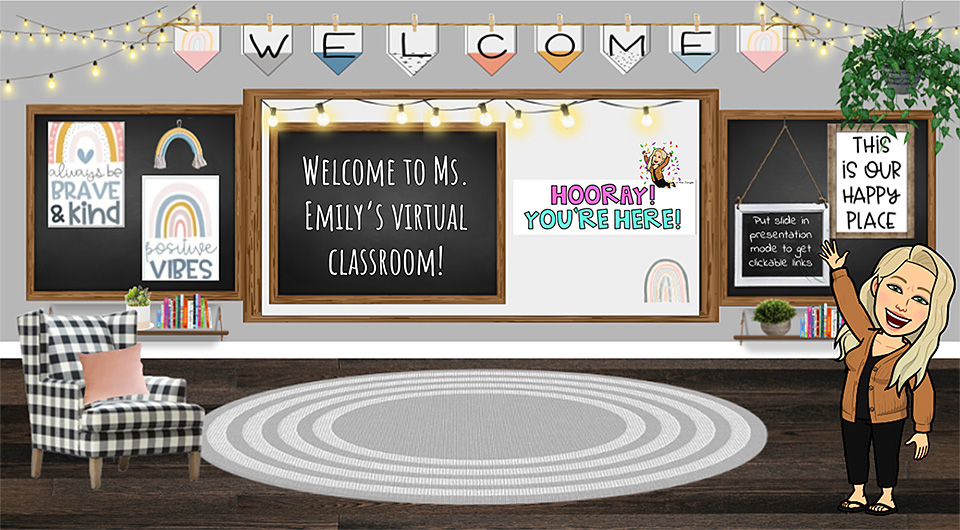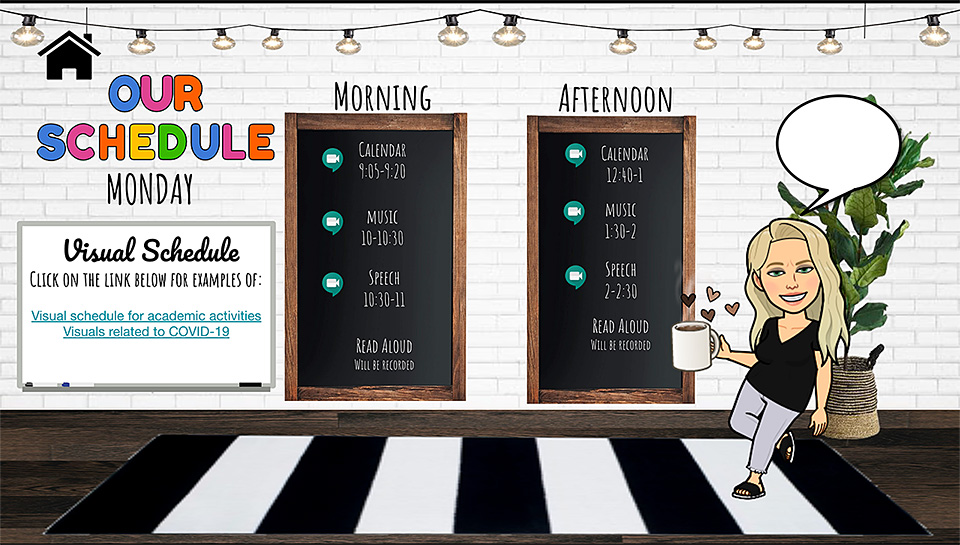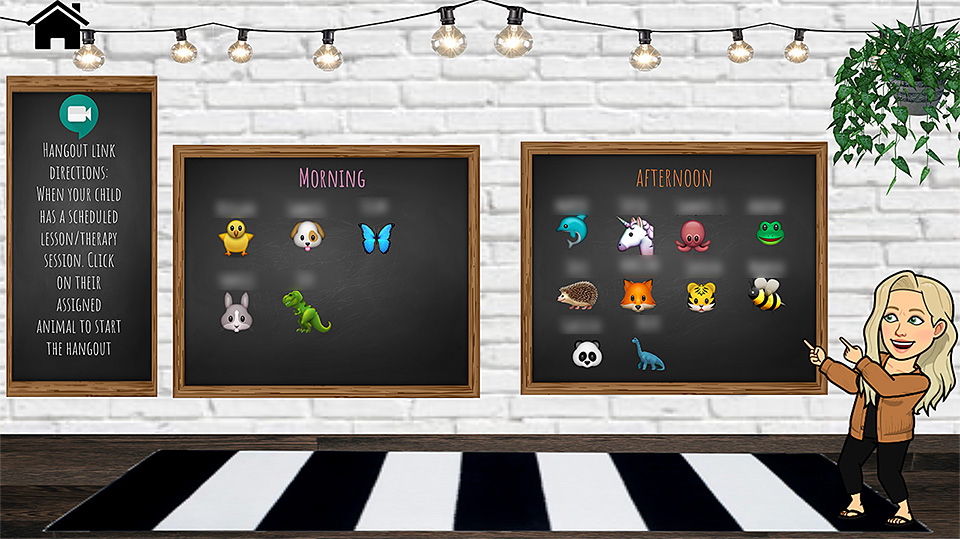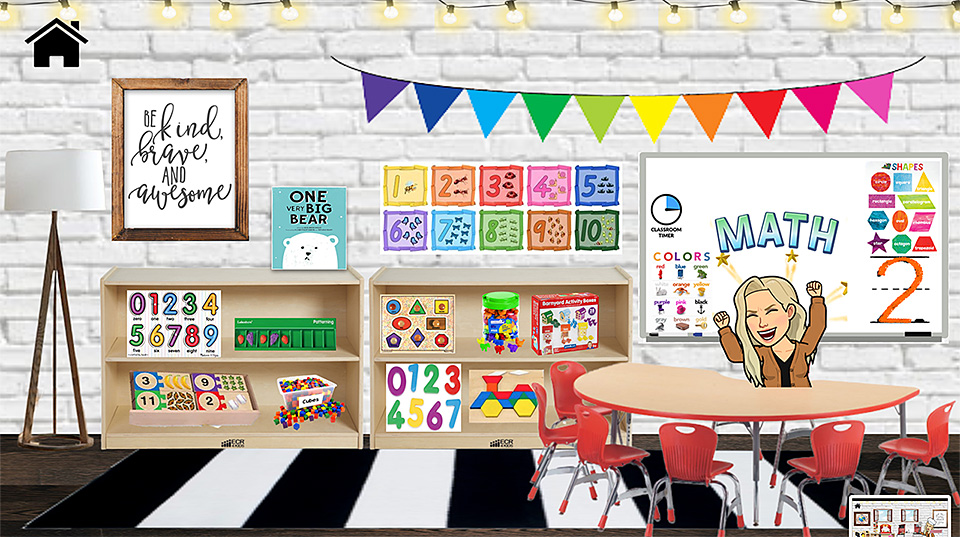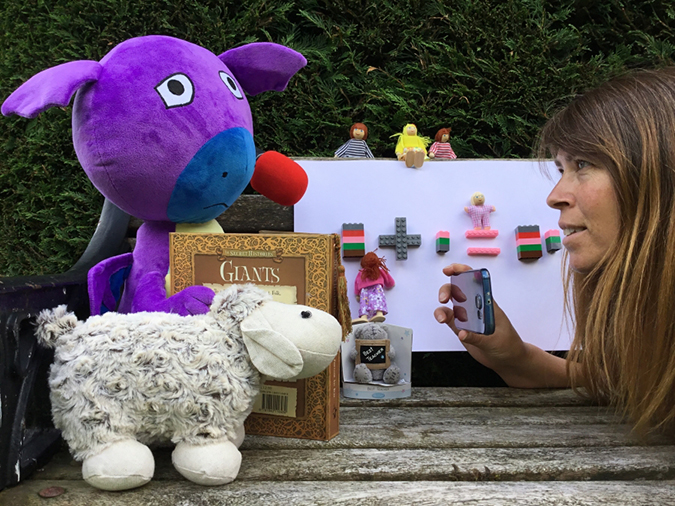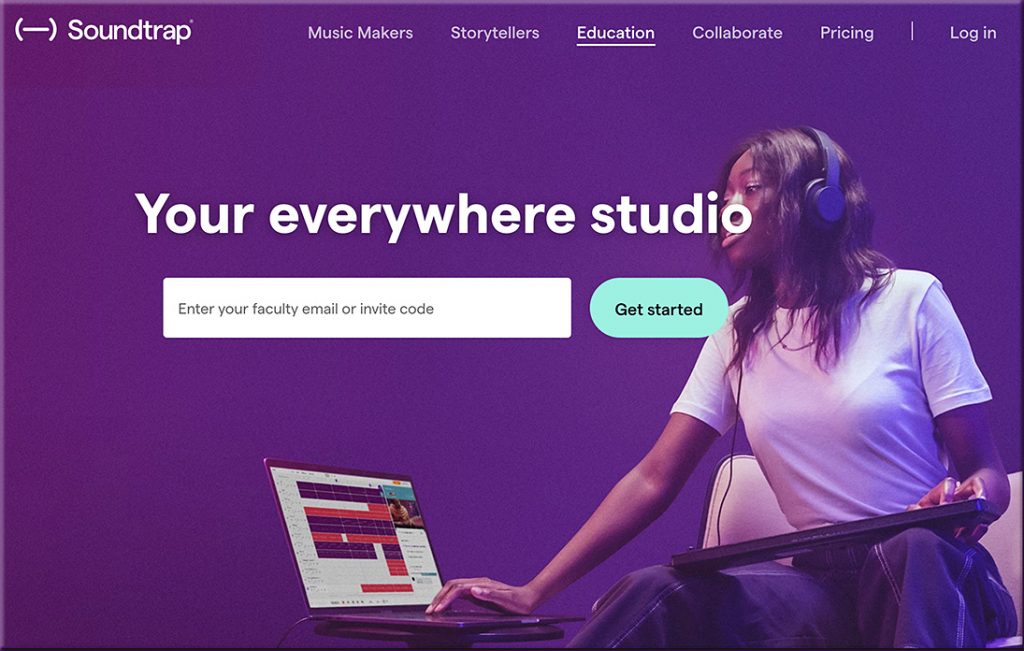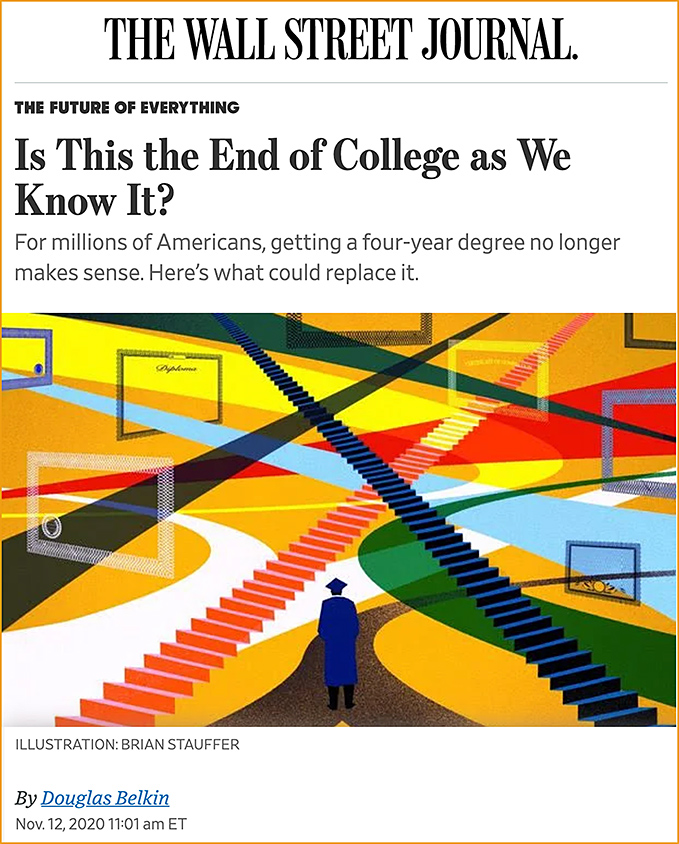The Future of Hybrid Learning — from techlearning.com by Erik Ofgang
HyFlex pioneer Dr. Brian Beatty discusses what’s working and what’s not in hybrid learning, and what’s to come
Excerpts (emphasis DSC):
When designing his own classes these days, Beatty tends to think about the asynchronous vs. synchronous experience rather than online vs. in-person.
…
Beatty says instructors should attempt to create a reasonably good asynchronous version of a course but don’t need to build the perfect version. Instructors then need to block out time to respond to forum posts and other online components of the class the same way online students need to schedule time to work. He advises a mindset of, “I’m learning how to teach differently, and I’m reserving this time for that. So maybe I’m not going to be part of that committee.”
From DSC:
The teaching toolboxes throughout the continuum (PreK-12, higher ed, vocational programs, other alternatives to higher ed, corporate training & development) have been enhanced and expanded greatly during 2020. The ramifications of these larger toolboxes will benefit many for years to come. They should allows us to pivot and adapt much more quickly — while providing a greater array of teaching techniques/tools to choose from.










